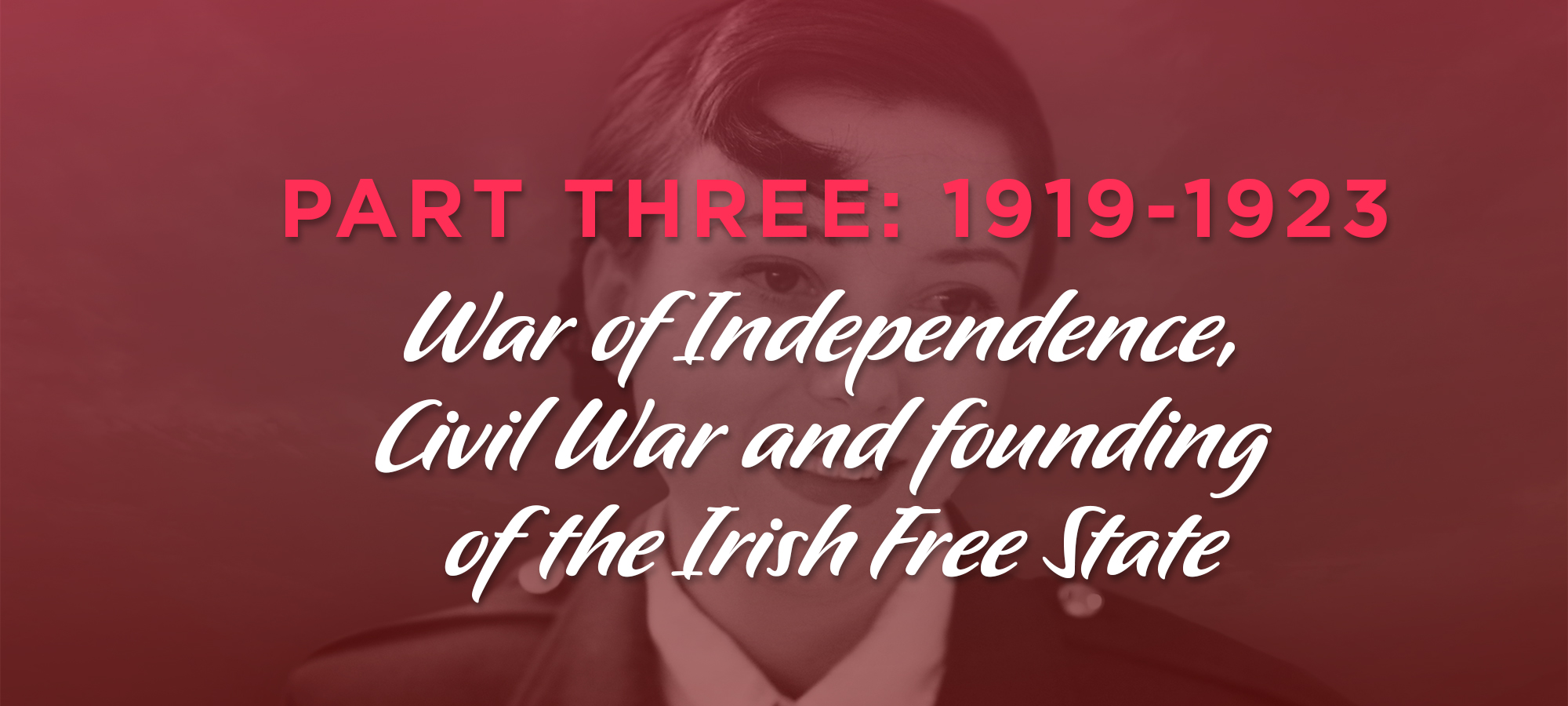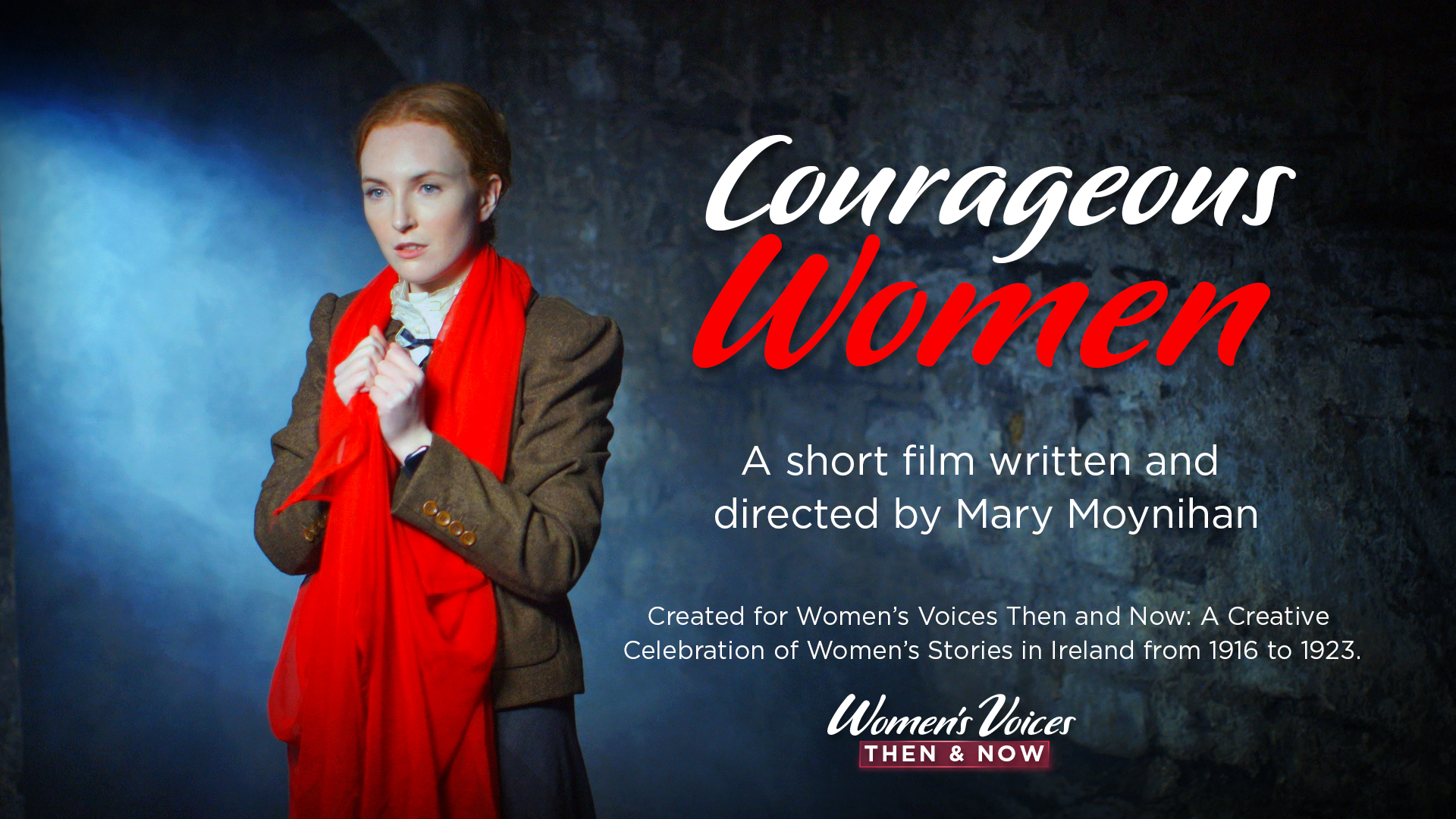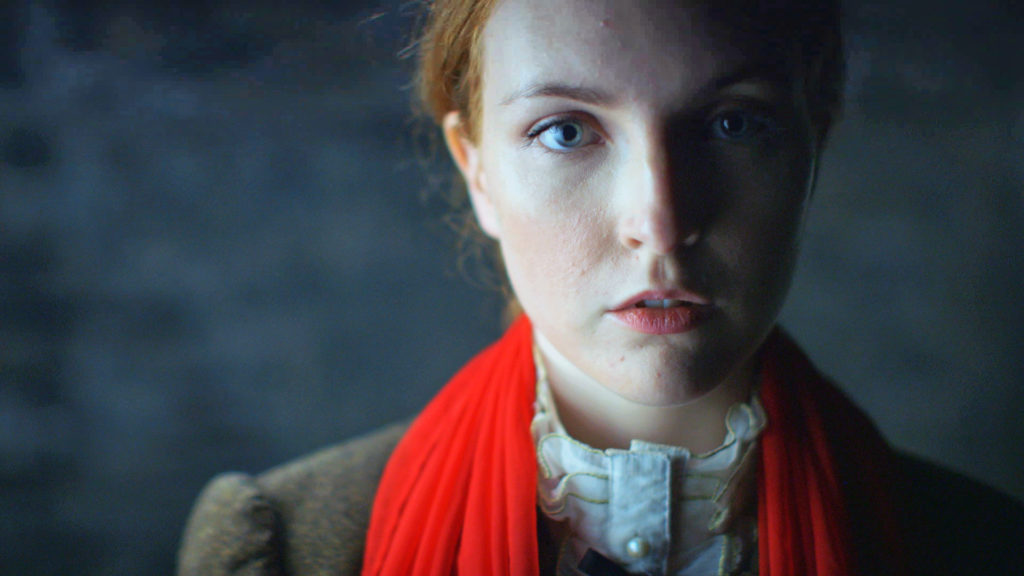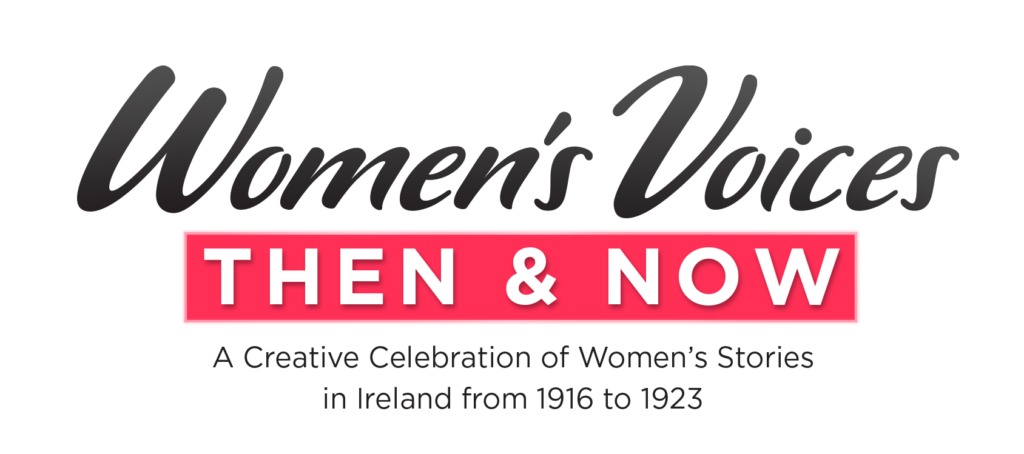
‘The rising was fuelled by notions such as feminism and cultural exchange – so what the hell happened!’
– Deirdre Kinahan
Historical and Political Context
In the years leading up to the Easter Rising of 1916, Ireland was a part of the United Kingdom of Great Britain and Ireland and was governed by direct rule from Westminster Parliament in London. MP’s (members of parliament) elected in Irish constituencies had to travel over and sit in the House of Commons at Westminster parliament in London.
The main political party to dominate Irish politics was the Irish Parliamentary Party led by John Redmond. This party supported ‘home rule’, a form of ‘self-government for Ireland (a limited form of self-autonomy) but still within the United Kingdom of Great Britain and Ireland. On three separate occasions a home rule bill was introduced to the House of Commons. The first two were rejected but the third home rule bill was accepted and was due to be introduced in 1914. However, this was postponed owing to the outbreak of the First World War. John Redmond supported the war effort and urged people to join and support the British Army.
In the province of Northern Ireland known as Ulster, the main political force was Ulster unionism led by Edward Carson. They opposed home rule, and wanted to remain a direct part of the United Kingdom. They established the Ulster Volunteer Force (UVF), a unionist militia founded in 1912 to defend Ulster and block home rule so they could remain in the United Kingdom. With the outbreak of WWI many members of the UVF enlisted with the British army and fought on the Western Front as part of the British army’s 36th Ulster division.
In 1912, following the setting up of the Ulster Volunteer Force, Irish nationalists then formed the Irish Volunteers. When the Great War started, a small group of nationalists opposed Home Rule as they wanted complete independence from Great Britain and they were against any involvement of Irish people in the Great War if this meant fighting for the British army.
The First World War was the backdrop against which the Easter Rising took place. The groups involved in the Easter Rising were the military council of the Irish Republic Brotherhood (IRB), the Irish Volunteers, the Irish Citizen army led by James Connolly and Cumann na mBan. Two years after the Rising, in April 1918, the British Prime Minister Lloyd George attempted to impose conscription in Ireland. The anti-conscription movement in Ireland grew, holding a national strike on April 23 which became one of the biggest strikes in Irish history and which played a key role in stopping any legislation from being passed to impose conscription. The anti-conscription movement played a significant part in fuelling support for Irish self-determination and in the 1918 elections in Ireland, the Irish Party, which had been the dominant party in Irish politics at this stage, lost out to Sinn Féin led by Arthur Griffith. Sinn Féin were viewed as the party most likely to campaign for independence. Another key factor changing the political landscape was that in February 1918, the Representation of the People Act is passed by Westminster extending the franchise to women over the age of 30 in Great Britain and Ireland, giving them the right to vote as long as they are property owners or members of the local government registrar. All men over the age of 21 get the right to vote and women are also made women eligible to be elected to sit and vote in the House of Commons.
In the 1918 parliamentary election, Sinn Féin won 73 out of 105 seats in total in Ireland. The elected members of Sinn Féin, rather than taking their seats at Westminster, set about creating the first Dáil (independent parliament) in Ireland in January 1919, which was not recognised under British law. The subsequent war of independence (1919-1921) took the form of guerrilla warfare between the Irish Republican Army (IRA) from Ireland and the Britain army and ended with a Treaty:
Britain unwillingly relinquished its hold over Ireland in 1921, partitioned the country, insisted that the Irish Free State should join the British Commonwealth and prescribed a controversial oath of allegiance to be taken by future members of the Irish parliament. It retained control over three strategic naval ports and demanded payment of a share of its national and war debts. These actions caused division and civil war in the Irish Free State between the realists who accepted the Treaty signed between Britain and Ireland on 6 December 1921 as the best deal possible – leaving outstanding matters of sovereignty to be dealt with later – and the idealists who held out for a republic.
The treaty was debated by the Dáil and passed by 64 to 57. Those against were referred to as the anti-treaty side and they withdrew. This was followed by a civil war between the pro and anti-treaty side which lasted from April 1922 to May 1923 with the deaths of over 1,000. The pro-treaty side went ahead and set up the Irish Free State which saw the removal of British troops from the majority of the country which now had dominion status (rather than full independence) and retained the oath of allegiance to the British Crown. The Irish Free State was made up of the provinces of Leinster, Munster and Connaught and three counties from Ulster in the north of the County. The remaining six counties of Ulster remained with Great Britain, effectively partitioning the country with 26 counties in the Free State and six counties from Northern Ireland remaining a part of Great Britain. In 1949 the Irish Free State of the 26 counties of Ireland officially became the Republic of Ireland.
The eventual attainment of a new Irish Free State did not bring equality for women. Initially the new 1921 constitution gave the vote and civil rights to all adult women saying that ‘every person, without distinction of sex’ was an equal citizen. But the conservative politics of the time espoused by politicians in the new Free State and the influence of rigid Catholic ideology led to the establishment of a new Irish Constitution and legislation that had fascist leaning’s when it came to dealing with women, marking their place as firmly in the home and denying women the right to work effectively making domestic slaves of them. The Conditions of Employment Bill in 1935 intended to ensure that industrial jobs went to men instead of women and the new Irish Constitution of 1937 firmly put a woman’s place as in the home. Hanna Sheehy Skeffington describes these as ‘fascist’ acts against women and an ‘’endangerment to women’s rights’’ as conservative politicians and church leaders took over.
These conservative attitudes were in marked contrast to the radical beliefs of the women who were involved in 1916. Women continued to fight the oppressive Irish state but were forced out of the political and public arena by a conservative church and state. Catholic conservative Ireland had no place for radical women, nor indeed for anyone that did not conform or submit to rigid religious ideology and beliefs.

WOMEN’S VOICES HOME | PART I | PART II | PART III | PART IV | BIOS | ARTISTS








